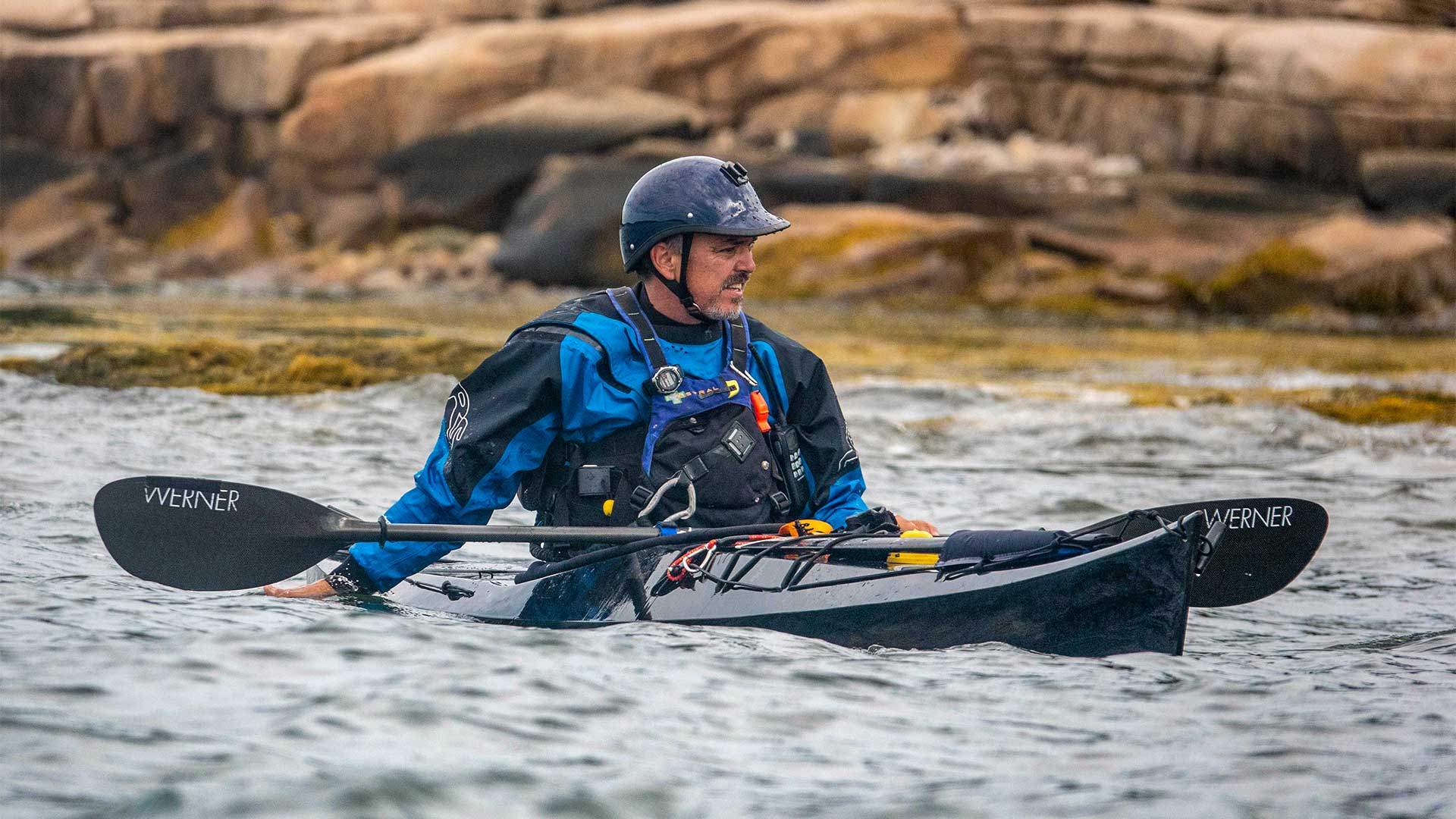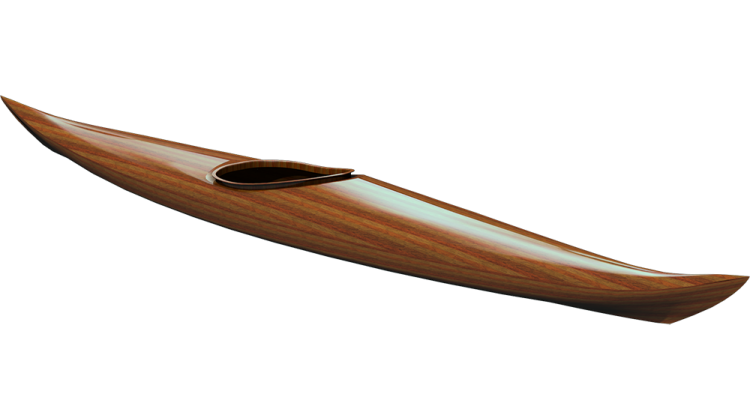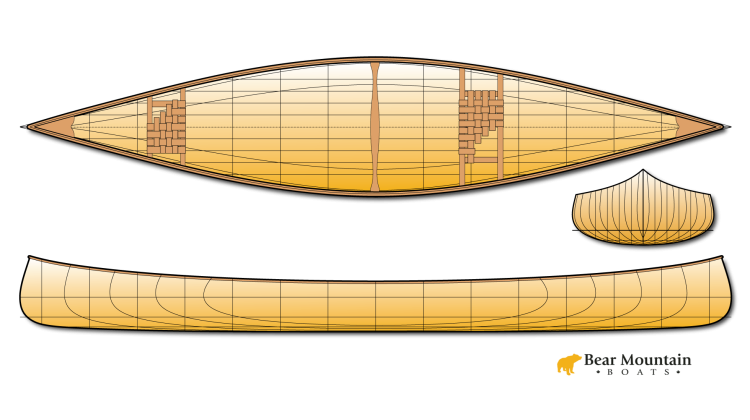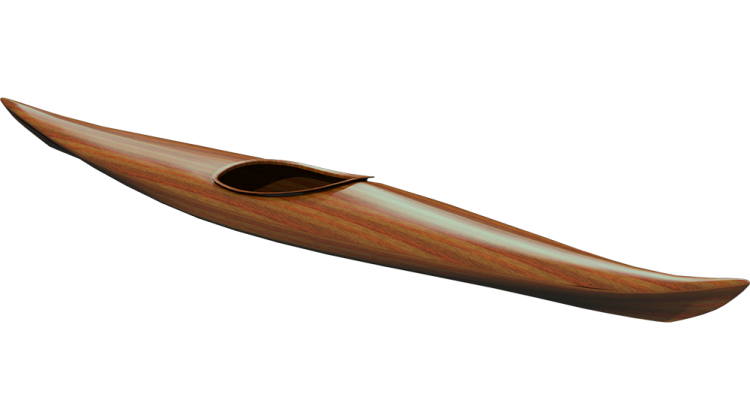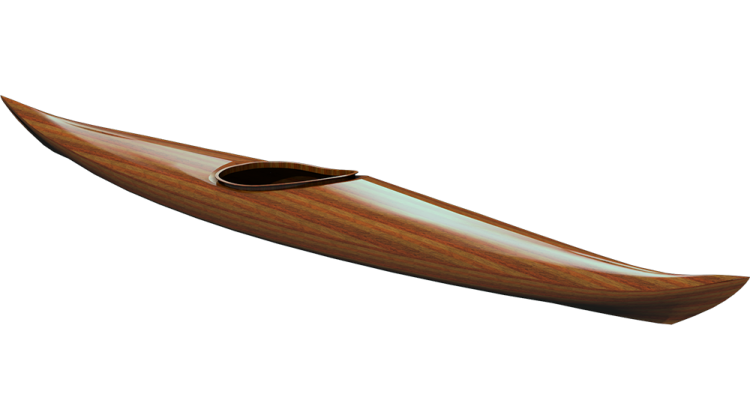- Image

Kayaking Class Gear List:
Paddlng safely in ocean water requires you pay attention to water temperature and conditions. You generally want to dress for the water temperature, not the air temperature. You should also plan on carrying other gear that will help protect you or provide a layer of safety while paddling. The gear list provided here is tailored towards summer paddling in Maine. Local conditions where you paddle may dictate variations in this list.
Clothing:
Kayaking is a watersport, expect to get wet; Maine water is about 50° - 60°F [10° - 15°C] i.e. ❄️Cold❄️.
- Bathing suit, non-cotton shorts or tights <- Bold are required
- Thin, non-cotton thermal or running shirt
- Assorted Insulating Layers
- Synthetic, pile or wool sweater
- Insulated non-cotton pants
- Water shoes – Not sandals
- Hat for Sun
- Warm Hat
- Paddling Jacket or rain coat
- Paddling Pants or rain pants
- Dry suit or wet suit
- Dry bags for spare clothing https://www.nrs.com/category/3152/kayak-touring/dry-bags
- >>>NO COTTON CLOTHING<<<
Kayaking Gear:
Practicing with your own gear is best
- Paddle
- Spray skirt
- Life Jacket (PFD)
- Nose Plugs
- Compass (orienteering and/or boat mounted)
- Bilge Pump
- Charts of the local area
- VHF Marine-Band Handheld 2-way radio: Standard Horizon Handheld VHF
- Paddle Float: Paddle Float
- Tow Rope: Tow Belts
- GPS
Other:
- Personal Medicine/First Aid Kit in Watertight container
- Sunglasses
- Safety Strap for Glasses/Sunglasses
- Sunscreen
- Water Bottles
- Dry bags for lunch and spare clothes
- Helmet
Appropriate Clothing
The gold standard of advice for dressing safely for sea kayaking is: “Dress for the water temperature.” Cold water can be dangerous. If you are not prepared, cold water can kill. The water on the Maine coast is cold, peaking out at around 60°F (16°C) during the summer. While swimming at that temperature, un-protected muscle can lose its ability to function in about 10 minutes.
Dressing appropriately means wearing clothing that allows you to continue to function in the water as long as possible. This is accomplished through insulation.
There are a couple ways to provide insulation: Through layers of clothing like polypro and pile or wool, or with a neoprene wetsuit.
A wetsuit allows you to get wet, but your body temperature warms up the water and keeps you insulated. You may be cold briefly, but if everything goes right you warm up again.
For other insulating layers to work, you must keep dry. This can be accomplished with a waterproof over-garment such as a paddling jacket, paddling pants or a dry suit. These garments, designed for kayaking, typically have a means to seal the water out at the neck, wrists, waist and ankles.
For this class, you need to make some decisions. How much are you going to use them in the future and how much do you want to spend. The options can range from relatively inexpensive to big bucks. Comfort and ease of use, tend to follow price.
We will be getting wet in this class. Good clothes will make you more comfortable and keep you more willing to try new things that might get you wet again.
Cotton Kills! While cotton clothing is comfortable for every day activities, it is actually dangerous in conditions where temperatures can vary widely. Once wet it provides zero insulation and can actually make you colder and accelerate hypothermia.
Sources:
For reference I’ve provided a link to at least one source for each of the items listed below, but most of the items can be obtained from a variety of sources.
- https://www.rei.com/c/paddling-clothing
- http://www.ems.com/paddle/paddling-clothing-and-footwear/
- https://www.llbean.com/llb/shop/506519
- http://www.rutabaga.com/paddle-clothing
- https://www.nrs.com
- https://coloradokayak.com/pages/apparel
- https://kokatat.com
- http://www.patagonia.com/shop/mens-baselayers
- Amazon: http://amzn.to/2fmBYk0
Regardless of what you end up with, you will generally start from a base of a bathing suit or tights and some sort of rash guard or light synthetic shirt. Comfortable synthetic shirts are widely available from Amazon through Walmart made for a wide variety of sports. Shirts with flat sewn seams chafe less. You may want several changes to get a the week.
From there, depending on air and water temperature you may want to add some more insulation: A “Shorty” is the cheapest. It will insulate your core, without restricting your arms, but your arms and legs are left exposed. A “Farmer John” is a step up in that it insulates your legs. Calls of nature are complicated and usually involve a certain amount of getting nearly naked.
Wetsuits come in a variety of thicknesses, with a tradeoff between warmth and and ease of motion. Thicker are warmer, thinner are easier to move around in. For best in-the-water protection, you probably want something 3mm or thicker. A thinner suit is better than nothing and won't restrict your motion.
Instead of a neoprene wetsuit, there are various forms of “fuzzy rubber” such as Hydro-Skin this is a thin neoprene with an insulated fabric interior. They are less restricting than a full neoprene wetsuit, but again not as warm. A shirt and a pair of long or short pants should be worn. You may have a cold gap at the waist, but calls of nature are fairly straightforward. Fuzzy rubber can be used as an insulating layer under splash jackets, semi-dry and dry suits, but will trap sweat a bit.
Combine a paddling “Splash” jacket with the wet suit and a variety of different shirt layer options or some fuzzy rubber and you have a decent kit to handle most summer conditions in Maine. The neoprene cuffs and collar will slow down water entry, but won’t keep you completely dry. The urethane coating blocks cool breezes does not breath so it may be stuffy on a sunny day.
You could add some “Splash” pants to keep your legs a bit warmer. These will slowly let water in, so water filled pants might be hard to get into a kayak after a prolonged swim.
A step up from the “splash” jacket is a dry top which has better seals at the neck, wrists and waist. Combined with a shorty or farmer john wet suit and insulating shirts, you could handle quite cold water for a while. Going with a breathable fabric (Gore-Tex or similar) will make them more comfortable on a sunny or warmer day while providing good wind and wave protection on cooler days. A latex neck gasket is very dry, but some people don’t like the feel of a tight collar around their neck. The collar and wrists seal may need adjusting for comfort.
Combine the Dry Top with a Dry Pants and you have a starter dry suit. You would not need any wetsuit or fuzzy rubber, but still need a variety of insulating shirts and pant layers. The seal at the waist will slowly let in very small amounts of water, but you would be fine for some swimming. This makes a very versatile option for a variety of conditions. Integrated bootie socks keep your feet dry.
A semi-dry suit is very comfortable. You can wear just about anything under it and be dry at the end of the day. The neoprene neck and wrist closures are comfortable but will allow some water in on a long swim. A relief zipper provides men with an easy call of nature option. Drop seats may be an option for women, but I know some women make do with a front zip and a suitable funnel.
A full dry suit made from Gore-tex with relief zipper and integrated socks is the top-of-the-line year-around paddling option. The latex neck and wrist gaskets take some getting used to but are super dry. None of the jackets, pants or dry suits provide much insulation, so you still need to wear insulating layers underneath, but it all stays dry in a swim. Many kayakers in Maine use a dry suit all year long
Cheap Option:
- Rash Guard + Layers
- Farmer John
- Splash Jacket
Middle Option:
- Rash Guard + Layers
- HydroSkin Shirt and Pants
- Dry Top
- Splash Pants
Top Shelf:
- Rash Guard + Layers
- Semi Dry Top
- Neoprene Shorts
- Dry Suit
Pro Kit:
Ready for everything
- Rash Guard + Layers
- Short sleeve Splash Jacket
- Fuzzy Rubber Pants
- Dry Top
- Dry Pants
- Dry Suit

